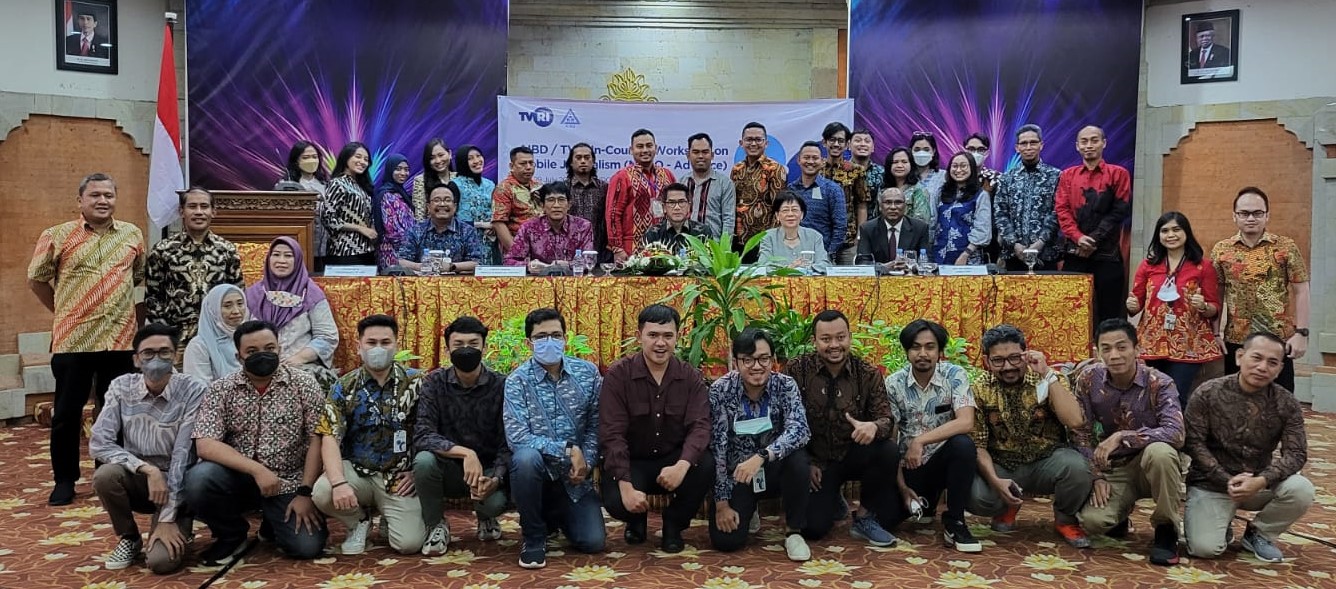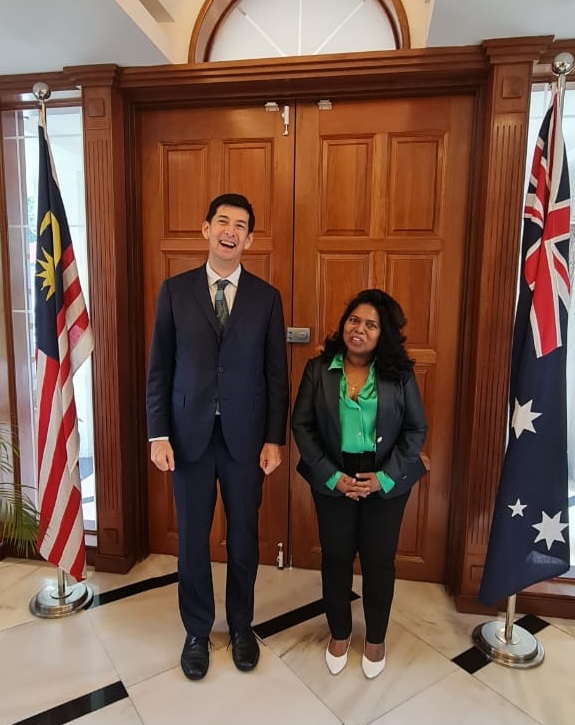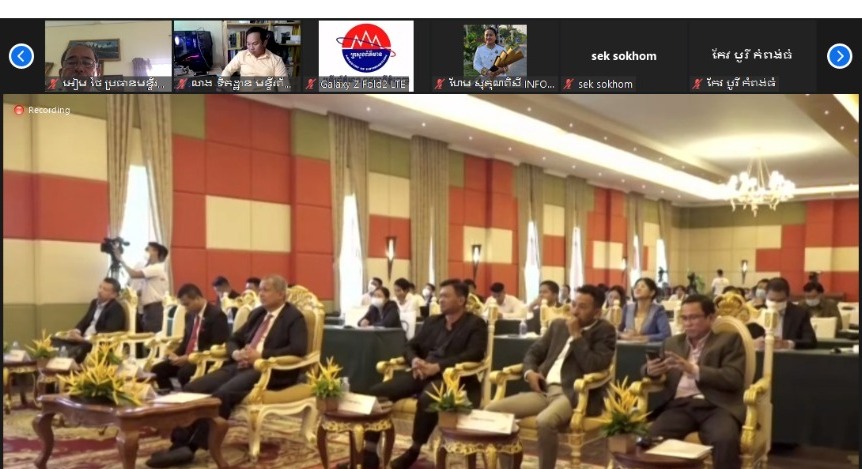The Public Broadcasting Board (LPP) aspires to make TVRI a World Class Broadcasting Institution. This requires the workforce to be adaptability, flexibility, agility and speedy to execute their tasks apart from innovation and creativity.
President Director TVRI, Mr Iman Brotoseno said in the era of 4.0 Industrial Revolution which is driven by advances in digital technology including internet of things (IoT). “Having this Digital Technology which facilitates information delivery and experiences in Real-Time which is happening not only in Indonesia but globally, making everything borderless and timeless”, he said.
He was delivering his keynote address at the opening of the 4-day AIBD/TVRI In-Country workshop on Mobile Journalism (Advance-MOJO) in Bali for 37 participants who are mostly news personnel of TVRI from different provinces of Indonesia.

“On-field reporting has undergone a racial shift due to accessibility and portability of cameras of mobile phone or “smart phone” which is handy to carry around and everybody can become a reporter, announcer or uncertified journalist, as long as there is internet”, cited Mr Brotoseno.
Hence, newsrooms need to undergo new organisational structures and the ability to handle new information flow in tandem with MOJO. The speed at which journalism occurs is sped up as a result of this immediacy which also presents new challenges to editorial leaders.
“The quality of footage, collaborating with online teams, coordination with newsrooms are some of the challenges that have to deal with. These are necessities that all MOJO journalists need to prepare themselves by learning new things and developing new knowledge and skills to enhance their capacities to be ready in dealing with the emerging challenges”, he stressed.
TVRI aspires to be a World Class Broadcaster
The Public Broadcasting Board (LPP) aspires to make TVRI a
Director of AIBD Meets with UNICEF Representative in Lao PDR
On July 22, 2022, AIBD Director, M. Philomena Gnanapragasam and
Laos Welcomes the Visit of AIBD Team
Mr. Phosy Keomanivong, Vice Minister of the Ministry of Information,
AIBD Director Calls on Australian Ambassador to Malaysia
The Director of AIBD, Mrs. Philomena Gnanapragasam, met with His
Cambodia- to create a Media Model to support its small media sector
A workshop on “Media Leadership in the 4th Industrial Revolution





